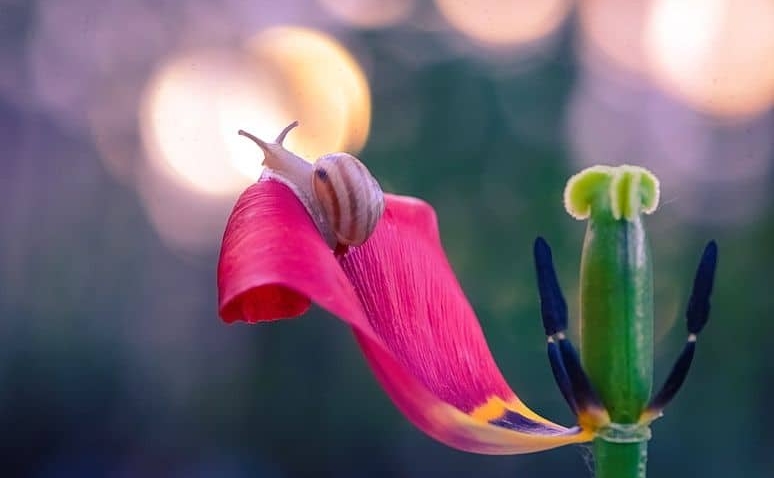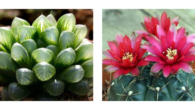
What to do when tulips have faded in the flowerbed
0
Tulip flowering is a bright spectacle. Unfortunately, it is fleeting. Tulips with wilted leaves look sad. But underground, the development of the bulb continues for another month. It gives life to a whole family of its own kind – the replacement bulb and the children. You can’t interrupt the process in advance. After all, it is the beginning of summer – you want bright colors and elegant well-groomed flower beds! We tell you how to do it.
Planting annuals is not an option. If you water them, the bulbs will react by rotting. Do not sacrifice seasonally blooming, especially rare varieties of tulips, to annuals. The decorativeness of a flower bed can be increased with improvised means – placing container plants and small garden forms, designing the area with sawdust or wood shavings. You have probably noticed bright multi-colored coverings on flower beds in city parks and squares. Red, blue, white, yellow, orange – they form an amazingly beautiful carpet. Tree bark is inexpensive, environmentally friendly, easy to store and can be used for several seasons. With such a covering, even potted plants will not be needed.
Those were the aesthetic measures, and now let's move on to the main thing – how to preserve tulip bulbs after flowering. After flowering, tulip bulbs should complete a full cycle of development. Continue watering, but very moderately. During the last watering, you can add potassium-phosphorus top dressing (30 grams per meter). If the leaves have turned yellow but have not yet wilted, do not cut them. Bend them to the ground – let the whole process end naturally under a layer of decorative bark.
When to dig up tulip bulbs?
Tulips are harvested in the second half of June. But it can be different in each region, so as soon as you see the complete death of the aboveground part. But it is better to do a test digging in 3-4 different parts of the flowerbed. If the bulb scales have become yellowish-brown, the ripening process is complete, the young bulb has formed. You can even see the roots on adult bulbs. You need to dig carefully – the young bulb may be at a distance from the central stem. If the bulb has rotted, throw it away, or better yet burn it: it is a hotbed of bacteria and fungal infections. Healthy bulbs are treated with a solution of potassium permanganate and thoroughly dried in the open air, laid out in one layer.
How to store tulip bulbs?
The dried bulbs are placed in mesh boxes and sent for storage in a dark, dry room. They are kept at 23-25° for a month. Then the temperature is gradually reduced. The optimal temperature regime in August is 17-20°, in September – 15-17°. Varieties that are difficult to propagate are stored in September at a temperature of 25-27°, in October – 18-20°. In late September-early October, the bulbs and children can be planted in the flowerbed again.
Useful tips
- When storing bulbs, do not keep garlic and fragrant herbs nearby – tulips cannot stand strong odors, but absorb them.
- Periodically check the bulbs selectively – reject rotten ones.
- In order for tulips to retain their varietal characteristics, the bulbs should be dug up every season. Every year, the space for the vegetative growth of the replacement bulb and children becomes less – the variety will begin to crumble and degenerate. At the same time, the bulbs and children go deep into the ground, where they are quite difficult to find.
- If you do not plan to dig them up next spring, before autumn planting, remove the top layer of soil 20 cm thick and line the area with window netting. Return the soil to its place, plant the bulbs with a rhythm of 5 cm. Bring the corners of the netting outward, put flag marks. After the tulips bloom, it's time to dig up the bulbs. All you have to do is pull the net out from the 4 marked corners. Shake the soil layer and you'll see that not a single bulb has been lost.









Leave a Reply